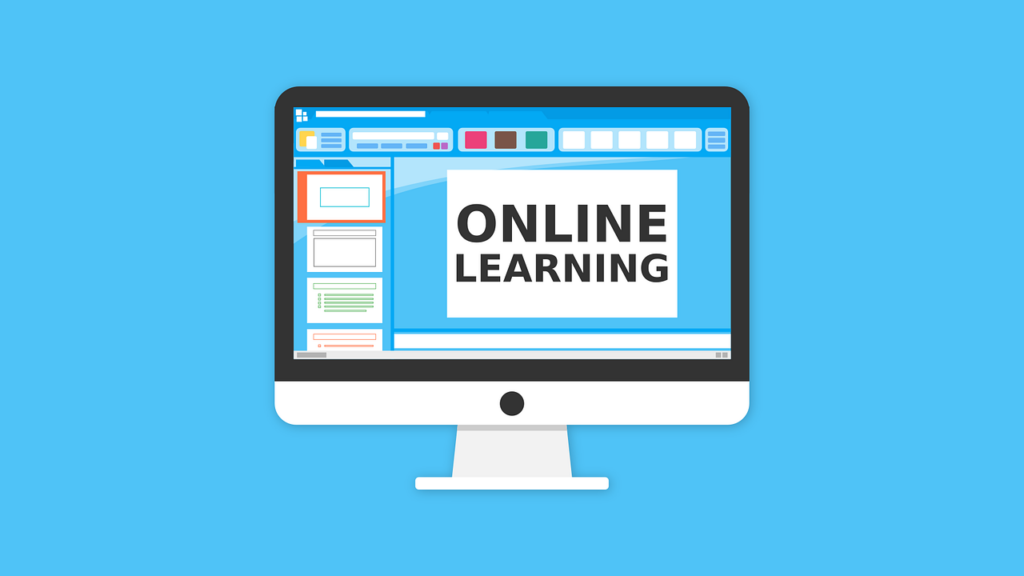Three Lessons Learned from Teaching Online

Written by Noah Ringler, PFF Fellow and Doctoral Candidate in Positive Developmental Psychology
Students, administrators, and teachers have all faced tremendous difficulties when the COVID-19 pandemic engulfed us and classes had to make the rapid transition from on–ground to online. Without any preparation, and often without any proper training on how to do so, or time to think it through, many teachers were asked to transfer their course online. Unsurprisingly, this led to many hiccups; our on-ground teaching tendencies didn’t always transfer to the online space. Nonetheless, educators got through it and learned some valuable lessons along the way.
As things start to slowly turn around, and on-ground teaching begins to look like something just over the horizon rather than a vague image in a distant galaxy, now is a good time to reflect on some of the lessons learned from teaching online.
1. Bad pedagogy will be amplified online: “what’s done in the darkness will come to the light”. There’s nothing like the Zoom gallery view, which provides you an image of each students face, to give you immediate feedback on whether what you are doing is working or not. Between the use of computers and the anxiety caused by society’s current events, it was easy to get lose student engagement in a split second. In this way, online teaching brought to light some commonly used poor pedagogical techniques that educators may have been using unconsciously on the ground: teaching without empathy, not building rapport with our students, and punitive grading systems were just a few poor pedagogical approaches I heard of consistently throughout the academic year (see this website for a great list of poor pedagogical habits). While many teachers can get away with such tactics in a normal year, both student and fellow educators’ tolerance for these approaches seemed to have reached a boiling point. Good pedagogy requires both intention and attention to detail. If you need help on specifics, remember you are never alone; reach out to colleagues and Centers or programs for teaching development. Don’t forget to ask your students. They are some of your strongest allies for effective teaching and learning.
2. Less is more: Teaching and learning online has been overwhelming for many. As a result, the level of attention, and the workload that we’ve come to expect has not been able to be replicated online. For some teachers, this has led to the simplification of their classes (cutting material, making more time for building rapport). In the end, I think this is a valuable lesson that should be taken with us as we transition back to in-person learning. Did online teaching sharply amplify the existing issue of content coverage vs. deep learning? Rather than trying to cram a whole textbook into a semester, we can boil down our classes to the essentials. Backwards design can help identify those essential outcomes. What skills, knowledge, and concepts are essential to the topic I’m teaching and how can students demonstrate their ability in this domain? By focusing on the essentials and reducing the volume of materials, we can dive into the most important and relevant topics in more depth.
3. Students are, first and foremost, human: For many of us, our students included, the COVID-19 pandemic has had a significantly negative impact on our physical, emotional, and spiritual health. Unsurprisingly, these lingering effects have made their way into our classroom; often manifesting themselves through an inability to pay attention for long periods of time, difficulty staying motivated, and poor school/work performance. Consequently, I think the most important lesson learned is that we need to shift our perception of students, to recognize their humanity over their productivity. To do this effectively, in our online situation now, and when we return to on-ground teaching, we should intentionally carve out space, through discussion and classroom policies, that acknowledge both the highs and lows inherent in the human experience. When our students experience highs, revel in that joy with them. When our students experience lows, show empathy. If we don’t, we ignore the most important aspect of our students—their humanity.
The pandemic upended the world in every way, and the world of education did not escape having to confront these challenges. However, challenging situations often present the opportunity for growth and transformation. Ironically for education, it might be that a pandemic put the focus on not just pedagogy but a human-centered pedagogy that can transform teaching and learning. It is true that there is no going back to “normal”, but rather a move forward to a new normal. In education, if we take the lessons we are learning, our new normal might be a more human-centered and equitable teaching and learning process.
Share